Gender Identity in the Queer Rights Movement of the 1960s

Historical context
The mid-twentieth century is well-known as a time of many social and civil rights movements in the United States. Though queer culture and the roots of the LGBTQIA+ movement were much older, the Stonewall Uprising in 1969, led by young trans and queer people of color, is often considered a turning point. Black and Latine house and ballroom culture with roots in the late 19th century, a strong queer presence in the Harlem Renaissance, and the largely white homophile movement starting in the 1950s all helped create the foundation for the Stonewall Uprising. For further background information, see the PBS special on Crystal Labeija, the Google Arts and Culture collection about ballroom culture, the History Channel article on drag balls, and the Library of Congress resource guide on the Homophile movement.
Culturally relevant pedagogy considerations
Tenet 3 of Culturally Relevant Pedagogy encourages students to examine and question the status quo. This primary source set asks students to consider who is included in the narrative. Who is included in these sources and who is excluded? Why might that be the case? How are gender roles/stereotypes and gender expression evident in these sources? Another key aspect of CRP is for students to see themselves in the materials they are studying. Have students consider gender roles/stereotypes and gender expression in their own cultures. Do they choose different ways to express their gender identity depending on the setting? What choices might the subjects of these primary sources have made about their own gender expression reflect the setting of the primary source?
This set was compiled by Wendy Harris, high school teacher at Metro Deaf School in St. Paul, Minnesota.
Classroom ready resources
Gender Identity in the Queer Rights Movements of the 1970s (High School)
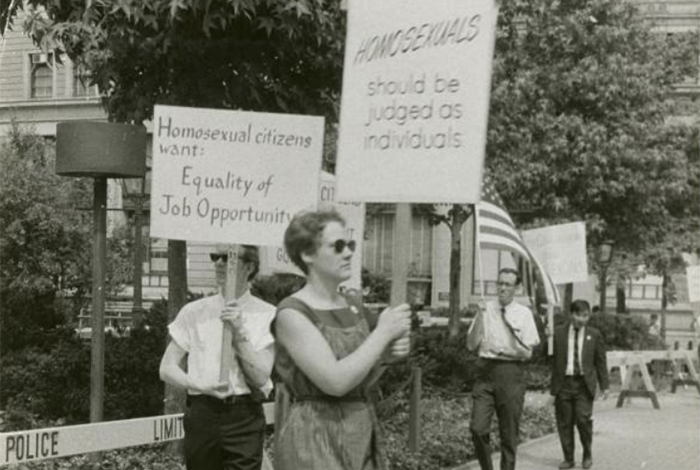
Barbara Gittings picketing behind a police barrier with three men including Kiyoshi Kuromiya
Date: 1966
Creator: Kay Tobin
Type: Photograph
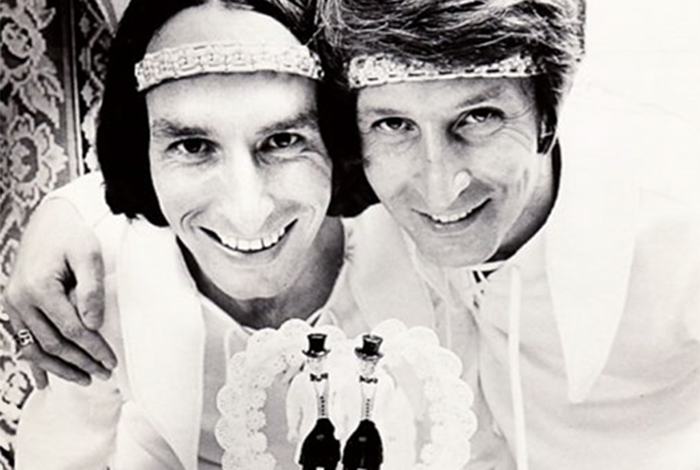
A Couple Determined to Marry: How Jack Baker and Michael McConnell Became Husbands in 1971
Date: October 14, 2022
Creator: Michael McConnell and Jack Baker
Type: Oral History
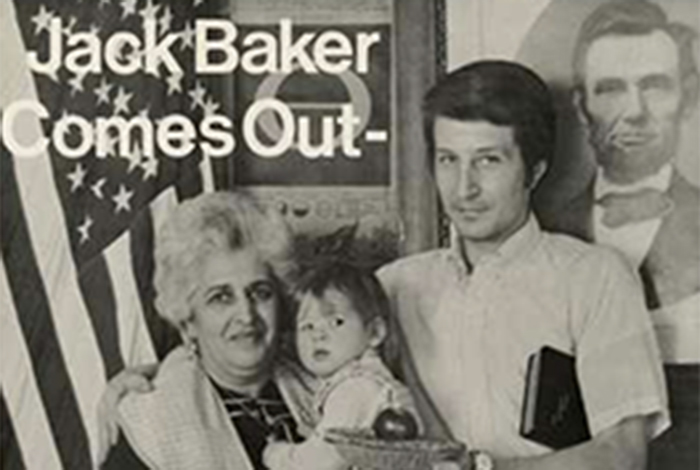
Poster used during Jack Baker's University of Minnesota student-body president campaign
Date: 1971
Creator: Jack Baker
Type: Poster
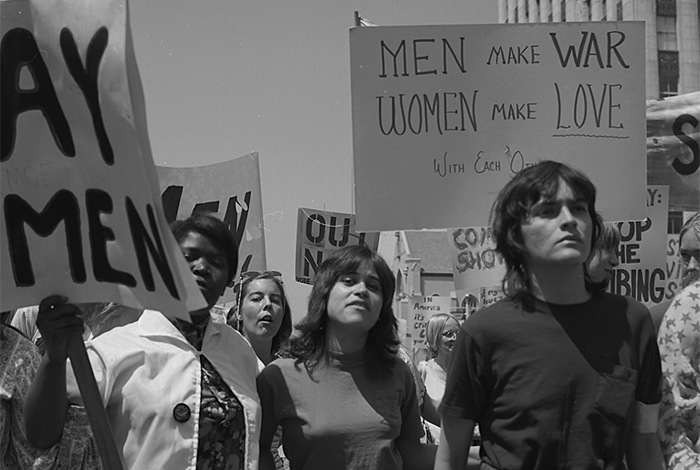
Photograph from collection of the women at the Los Angeles Gay Community Service Center's (GCSC) “Lesbian House
Date: 1972+1973
Creator: Bee Ottinger
Type: Photograph
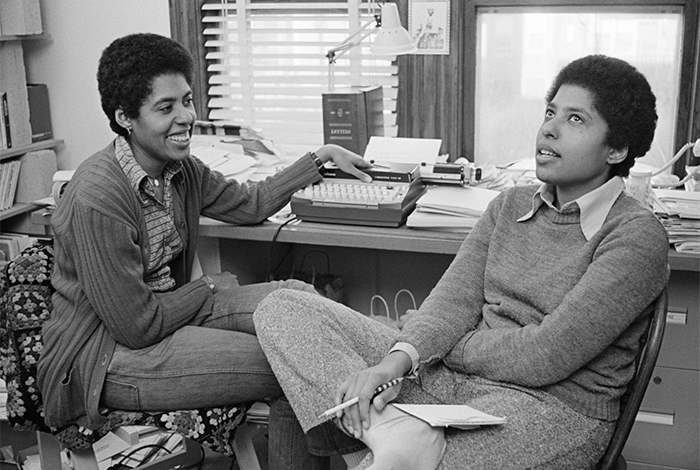
Barbara and Beverly Smith
Date: 1978
Creator: JEB (Joan E. Biren)
Type: Photograph
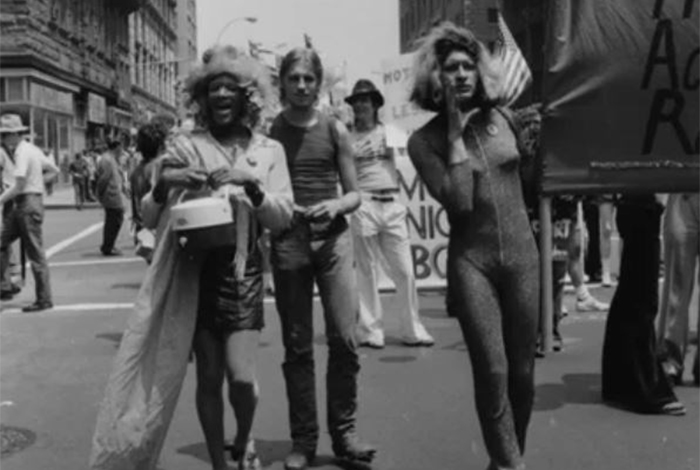
Marsha P. Johnson and Sylvia Rivera at the Christopher Street Liberation Day March
Date: 1973
Creator: Leonard Fink
Type: Photograph
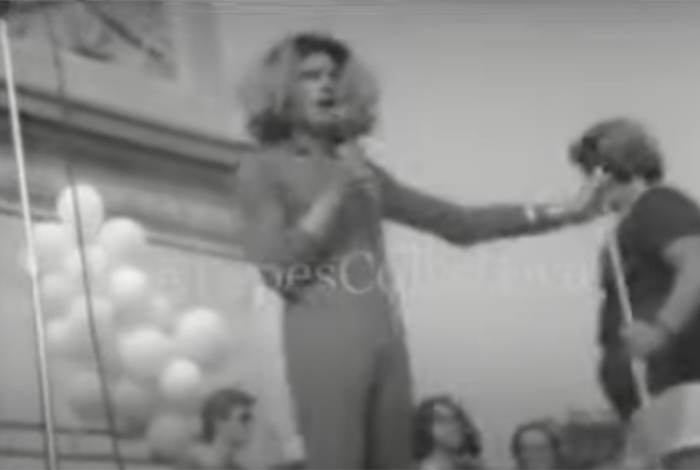
“Y’all better quiet down now” speech at 4th Annual Christopher Street Liberation Day rally, NYC
Date: 1973
Creator: speaker Sylvia Rivera (filmmaker unlisted)
Type: Film
Content Warning: swearing, mention of sexual violence
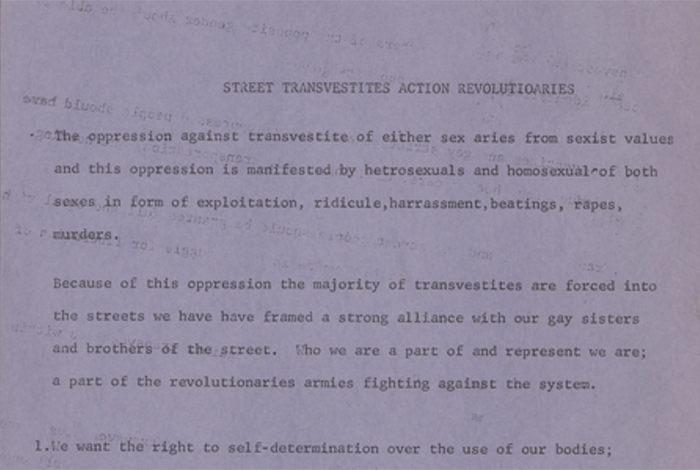
S.T.A.R. Manifesto
Date: 1970
Creator: Street Transvestites Action Revolutionaries (STAR)
Type: Ephemera
Content Warning: mention of sexual violence
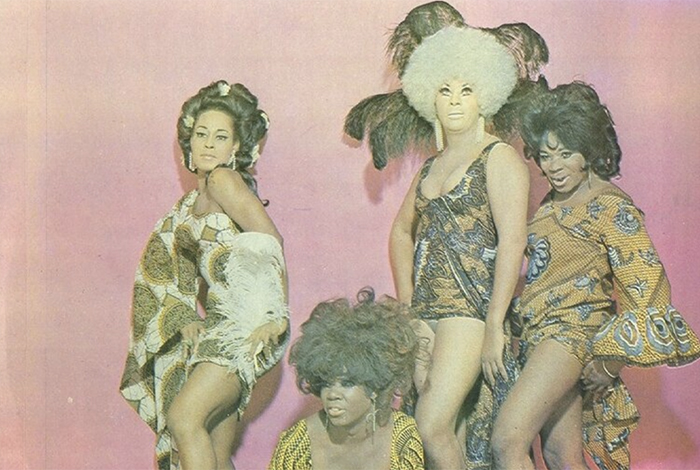
Dorian Corey with Pearl Box Revue
Date: 1970
Creator: The Pearl Box Revue
Type: Album Art
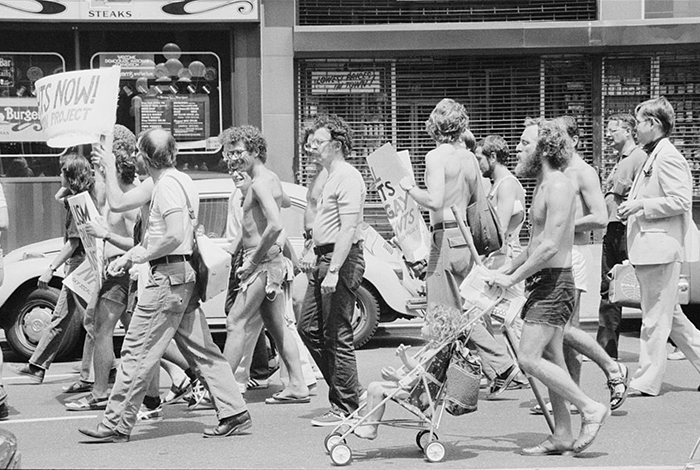
Gay rights demonstration at the Democratic National Convention, New York City
Date: 1976
Creator: Warren Leffler
Type: Photograph
Contact
Meghan Davisson (meghan.davisson@mnhs.org), grant director
Disclaimer: Content created and featured in partnership with the TPS program does not indicate an endorsement by the Library of Congress.